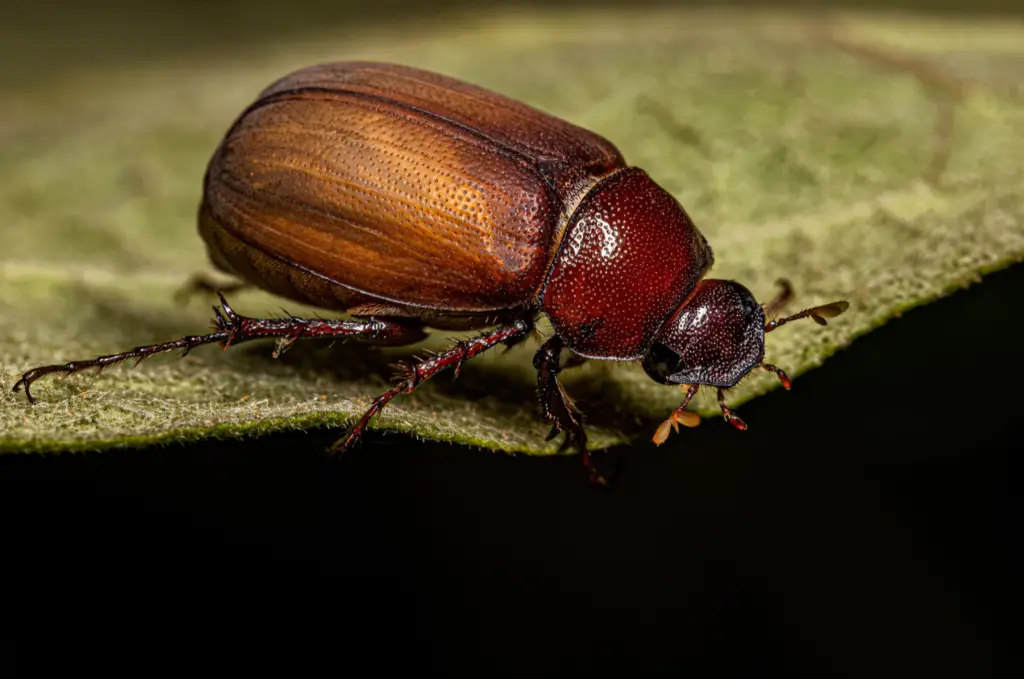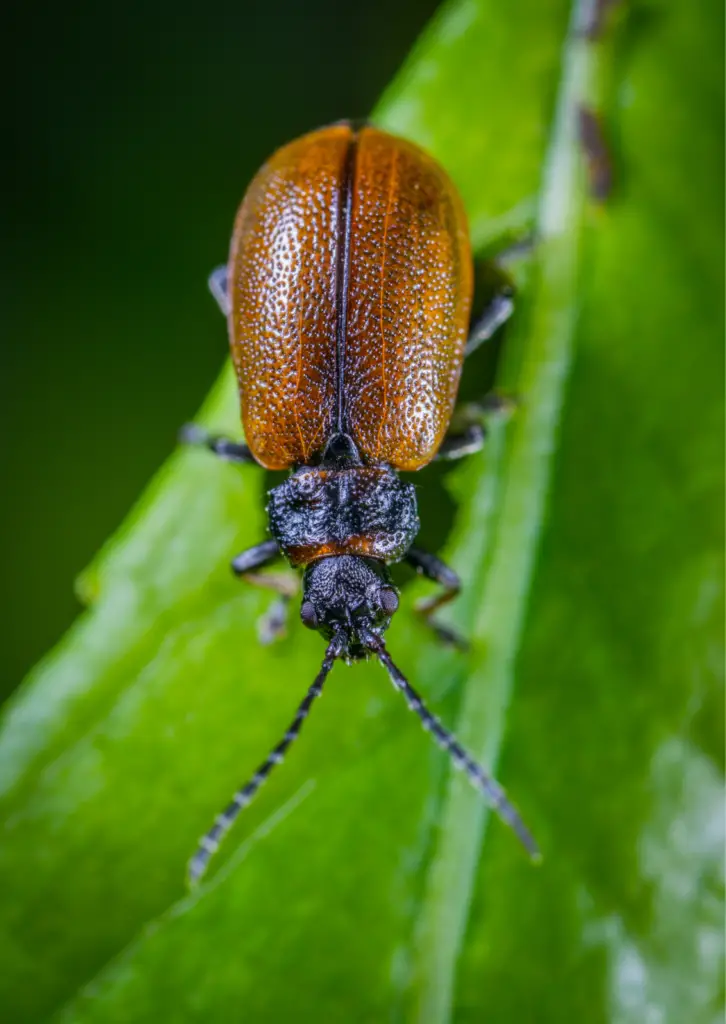Houseplants are cherished for their aesthetic appeal and ability to purify indoor air. They bring life and greenery into our homes, providing a soothing atmosphere. However, maintaining healthy houseplants can sometimes be a challenging task, especially when faced with various pests and insects. One such common pest is the June beetle. In this article, we will explore the world of June beetles and delve into their impact on houseplants, along with effective solutions to mitigate their threat.


Table of Contents
Understanding June Beetles
June beetles, also known as May beetles or June bugs, belong to the Scarabaeidae family and are native to North America. These beetles are typically oval-shaped, measuring about an inch long, and are known for their iridescent metallic green or brown coloration. They are nocturnal creatures and are attracted to lights at night. June beetles have a distinct life cycle consisting of four stages: egg, larva, pupa, and adult.
Impact on Houseplants
Larval Stage
The most damaging stage of the June beetle’s life cycle is its larval stage, commonly known as white grubs. The larvae feed on the roots of various plants, including houseplants. As they grow, they cause severe damage to the root system, hampering the plant’s ability to absorb nutrients and water. This damage weakens the overall health of the plant, making it more susceptible to diseases and other stressors.
Adult Stage
While adult June beetles primarily target landscape plants, they may also lay eggs near or on potted houseplants. If left unchecked, this can lead to an infestation that affects the plants within the vicinity. Adult beetles can also chew on leaves and flowers, causing aesthetic damage to houseplants. Although the impact of adult beetles on houseplants is comparatively lower than that of the larvae, it is still important to address the issue to maintain the overall health and beauty of the plants.
Preventing and Managing June Beetle Infestations
Cultural Practices
Implementing good cultural practices can help prevent and manage June beetle infestations. These include:
- Regular Inspection: Conduct routine inspections of houseplants, both above and below the soil surface, to identify any signs of beetle activity.
- Proper Watering: Water plants adequately but avoid overwatering, as damp conditions can attract beetles.
- Healthy Soil: Maintain well-draining soil to discourage beetles from laying eggs and larvae from thriving.
- Balanced Fertilisation: Use balanced fertilisers to promote strong plant growth, as healthier plants are more resistant to beetle damage.
- Remove Attractants: Keep outdoor lights at a distance from houseplant areas, as June beetles are attracted to artificial lights.
Mechanical Control
If you spot adult beetles on your houseplants, you can manually remove them by handpicking or using a handheld vacuum cleaner. Additionally, placing physical barriers, such as netting or fine mesh, around the plants can prevent adult beetles from reaching them.
Biological Control
Introducing natural predators or parasites can be an effective biological control method. Some beneficial Nematode species, can be applied to the soil to target the beetle larvae. Certain wasps, birds, and small mammals also feed on June beetles and can help manage their population.
Chemical Control
If infestations are severe and other methods have not yielded satisfactory results, chemical control options may be considered. However, it is essential to use pesticides specifically labeled for controlling June beetles and follow the instructions carefully to minimise any potential harm to humans, pets, and beneficial insects.
Conclusion
June beetles can pose a significant threat to the health and aesthetics of houseplants. Their larvae cause damage to the root system, leading to weakened plants and increased vulnerability to diseases. The adults, though less damaging, can still impact the overall beauty of houseplants. By implementing cultural practices, employing mechanical and biological control methods, and resorting to chemical control when necessary, it is possible to effectively manage June beetle infestations and protect our beloved houseplants. Vigilance, early detection, and timely action are crucial to maintaining healthy and thriving indoor greenery.
